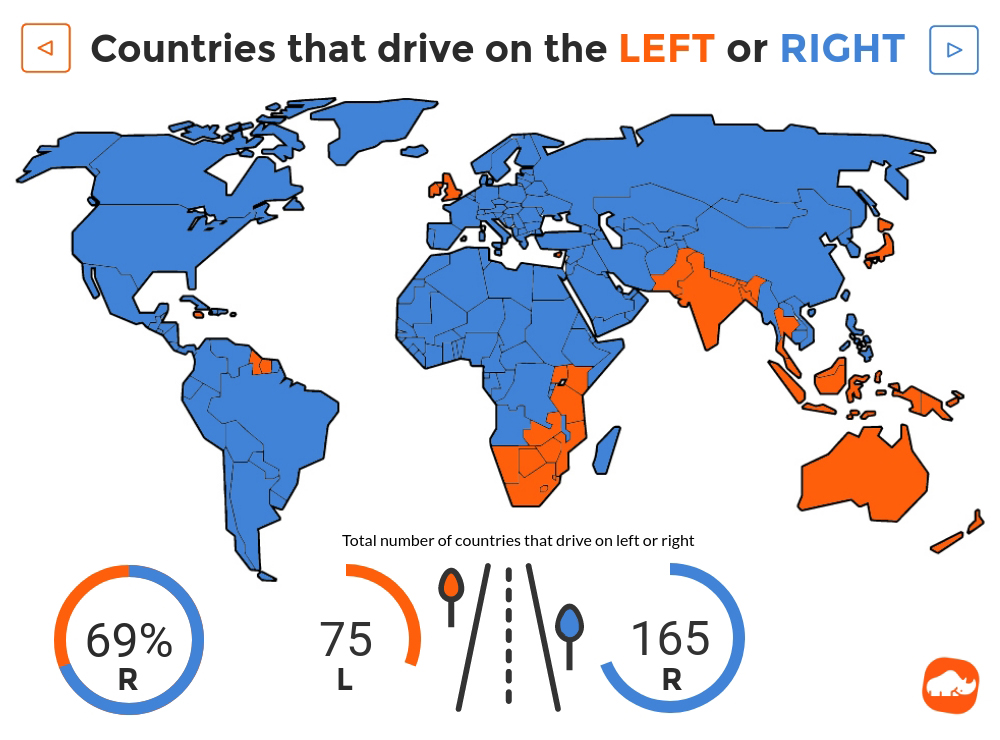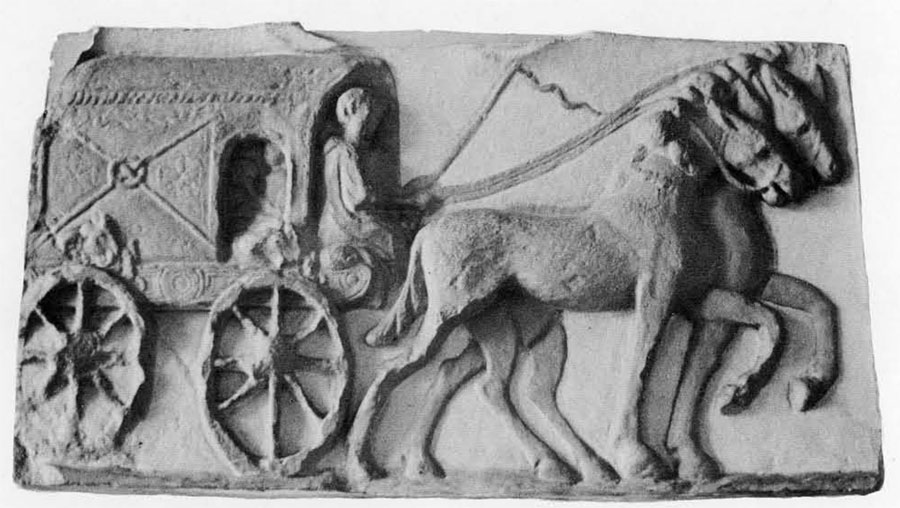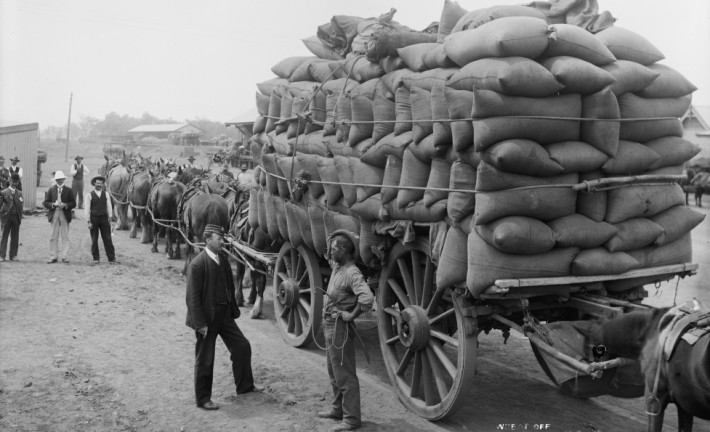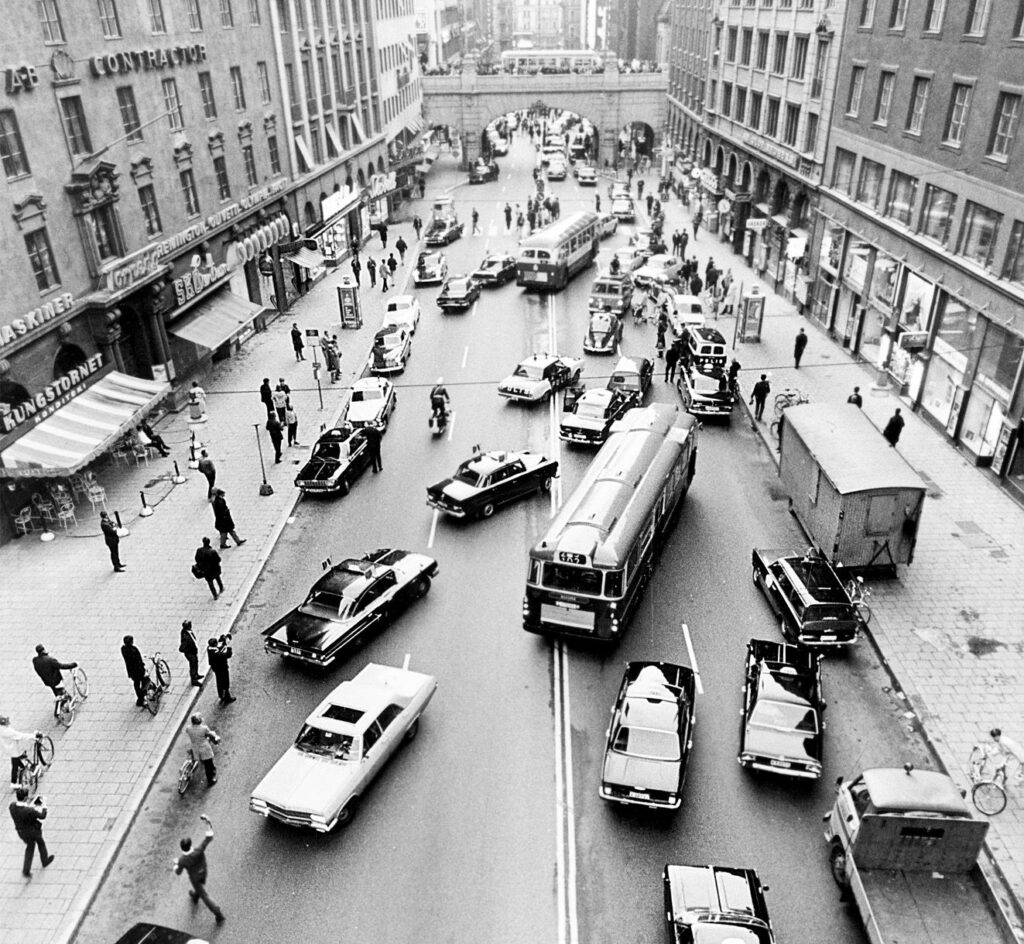

There are 75 countries in the world that drive on the left side of the road–roughly 31% of all the countries in the world. Most of these countries were at some point part of the British Empire, and this alone is normally accepted as the reason why road rules in these countries require driving on the left. But asking why they drive on the left is not the right question. The real question is: why did every other country switch to driving on the right?
The Sword Theory of Driving on the Left Side
Some of the explanations as to why a specific side of the road was chosen for travel come from the time of legends; but ancient stories often contain more than a little truth. The Sword Theory stems from such legends and might explain early traffic flow patterns.
Most people on earth are right-handed, and the world has always favored right-handedness. Even in the not-so-distant past in the West–even into the 20th century!–some left-handers were forbidden to use their left hands for writing or eating and were forced to use their right hands, as left-handedness had long been (falsely) associated with criminality, moral degeneracy, and untrustworthiness, a tradition which lingered. To this day, some cultures still view the left hand as inferior, unlucky, or unclean.

In olden times, men most often carried swords at their left to allow them to quickly draw their weapon with the right hand and be ready to fight. In battle, walls were ideally kept on the left and open space on the right to allow for freedom of movement for sword hands.
Right hands were not always used for sword fighting, of course. Right hands were also used then (as now) for saluting, so it was important to keep the right hand free and unfettered.
In another apparent proof of the supposed superiority of the right hand, most castles were built with clockwise spiral staircases. A defender of the castle was normally on high ground attempting to prevent invaders from climbing the stairs. With the spiral stairs turning clockwise, the defender could easily stab the enemy with his right hand while the attacker was limited by the turn of the stairs.
The Ancient World: Beginnings of the Left-Hand Driving Tradition

Defending castles in the Middle Ages is not where left-side driving seems to have originated, however. It seems that keeping to the left while driving was already a practice in Ancient Rome. One of the strongest evidences for this is found in old Roman quarries. Archeologists have found quarries where the cart wheel grooves were significantly deeper on the left side, meaning that heavier carts were loaded and left the quarry while keeping to the left side of the road. It can be supposed that the carts continued to drive on the left side of the road once outside the quarry.
Medieval Standards for Driving on the Left
It took a few centuries before someone tried to regulate traffic flow after the fall of the Roman Empire. Around 1300 A.D., Pope Benefice instructed Christian pilgrims to travel to Rome while keeping to the left side of the road. It is possible that the pope just confirmed a rule that was already followed by a large majority, which suggests that traveling on the left side of the road was common practice in many parts of Europe.
Napoleon Shakes a Fist at Left Side Drivers

A popular story has Napoleon as the catalyst for switching most of Europe to the right side of the road by claiming that he enacted a rule to keep to the right to spite the British and to exhibit his “thought leadership,” and he then imposed this new law on every European country he conquered. There are no documents to confirm this theory, and, indeed, many countries had already chosen to drive on the right before Napoleon rose to power. The reality is that he might merely have enforced a decree of 1792, which commanded people to drive on the right side of the road, and which was passed a few years before Napoleon’s rise to power.
Driving Wagons on the Right Side of the Road for Safety
In the 1700s and 1800s, large wagons became more common. These large wagons were so heavy that they had to be pulled by a team of horses. The best way to control these horses was to sit behind the team to their left to facilitate guiding and cracking the whip with the right hand. With the teamster on the left side of the wagon, it was safer to pass slower traffic on the left to better control the wagon and to avoid collisions. In America, laws were passed as early as 1792 in Pennsylvania instructing drivers to keep to the right.
Driving on the Left for Convenience

The British government bucked the growing trend of right-side driving by passing a decree that traffic would travel on the left. Some sort of law was necessary as, in 18th century London, traffic congestion in the old narrow and twisting streets was horrendous. In 1835, the left side driving Highway Act was passed by Parliament and adopted in all parts of the British Empire. This is why most countries that were once part of the British Empire or are still a part of the British Commonwealth keep to the left.

Sweden on the Right: The Last Switch
For many countries, it was only in the 20th century when many of the driving laws were passed determining on which side of the road traffic would flow. Until then, towns and counties made their own rules. In Italy, for example, it was up to the municipalities to decide if traffic was going to keep to the left or the right. It was only in 1923 that Mussolini passed a decree enforcing right-hand-driving throughout the entire country.
The last country to switch to right-hand-driving was Sweden, which at 4:50am on September 3rd, 1967, halted traffic for ten minutes and then resumed it on the right side of the road. As you can imagine, this switch caused quite a few car accidents. One of the authors’ father-in-law was visiting Sweden at the time and recounts the confusion that went on for a day or so before Swedish drivers got used to the change.